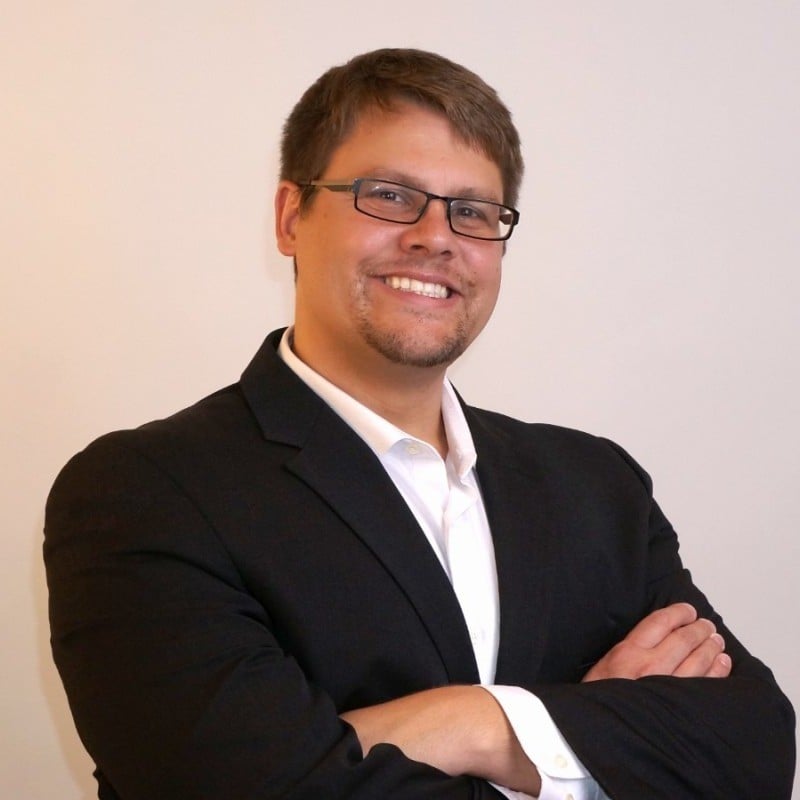Now it is time to decide on a final course of action. You should understand your situation, your capabilities, and the various options that are present. Unlike choosing a dinner item, you are not restricted to a single choice but rather than blend options as you see fit or even choose to make no changes. Deciding on nothing is still a decision and may be the right one at this time.
Look back at the five steps to conduct a feasibility study.
- Identify the core problem to be solved.
- Understand your current state.
- Brainstorm solutions
- Test Solutions against current state
- Decide on a course of action
Deciding a course of action is specific to each company and each circumstance. A great move for one company can be disastrous for another. There are no hard and fast rules for what works. Take the examples of Craftsman and Bath and Body Works. We profiled these companies earlier. At first glance, it would seem that moving Craftsman tool manufacturing to the US is a great idea and moving disposable scented body wash is a bad idea, but the opposite was true in each case.
Quantitively or Qualitative?
Why not both? There is a place both qualitative and qualitative in risk analysis for a feasibility study. We recommend the use of decision trees to understand the various implications of each course of action and paired with SWOT (Strength, Weaknesses, Opportunities, and Threats). Balancing in quantitative and qualitative factors will help you arrive at the best possible outcome.
Don't Underestimate the Difficulty of Change
The only constant in the world is change. Not all change is good, and even good change may require a lot of resources, whether that be time, money, people, or some combination of all three. That does not mean that the change should not be made, far from it, but what it does mean is that you should recognize that it is not likely to be easy.
It is recommended that you use the cost of change as an element in both your qualitative and quantitative analysis. For quantitative analysis, the value should reflect your perspective of the cost of change. We had a similar circumstance where a client included “safety” as a large risk factor for moving to Mexico. Our internal analysis placed that at a much lower cost, but our team have a different perspective.
Doing Nothing is Always a Choice
There is often a strong tendency towards action over inaction in business decisions. A feeling that we should do “something”. However, not making a change is always a choice and maybe the best one given the circumstances.
The situation with tariffs right now, for example, shows that it can be advantageous to do nothing as the uncertainty and the cost of changing manufacturing locations is so high. When conducting a feasibility study, we have found situations where all the other options are too costly to engage in.
Choose Carefully and Own It
Finally, it is important to own it and follow through with the decision once it is made. Do not go for half measures. Give the decision the resources it needs to succeed.
Have you faced difficult choices recently? What did you decide?
What can MTG do to help you improve your operations?



